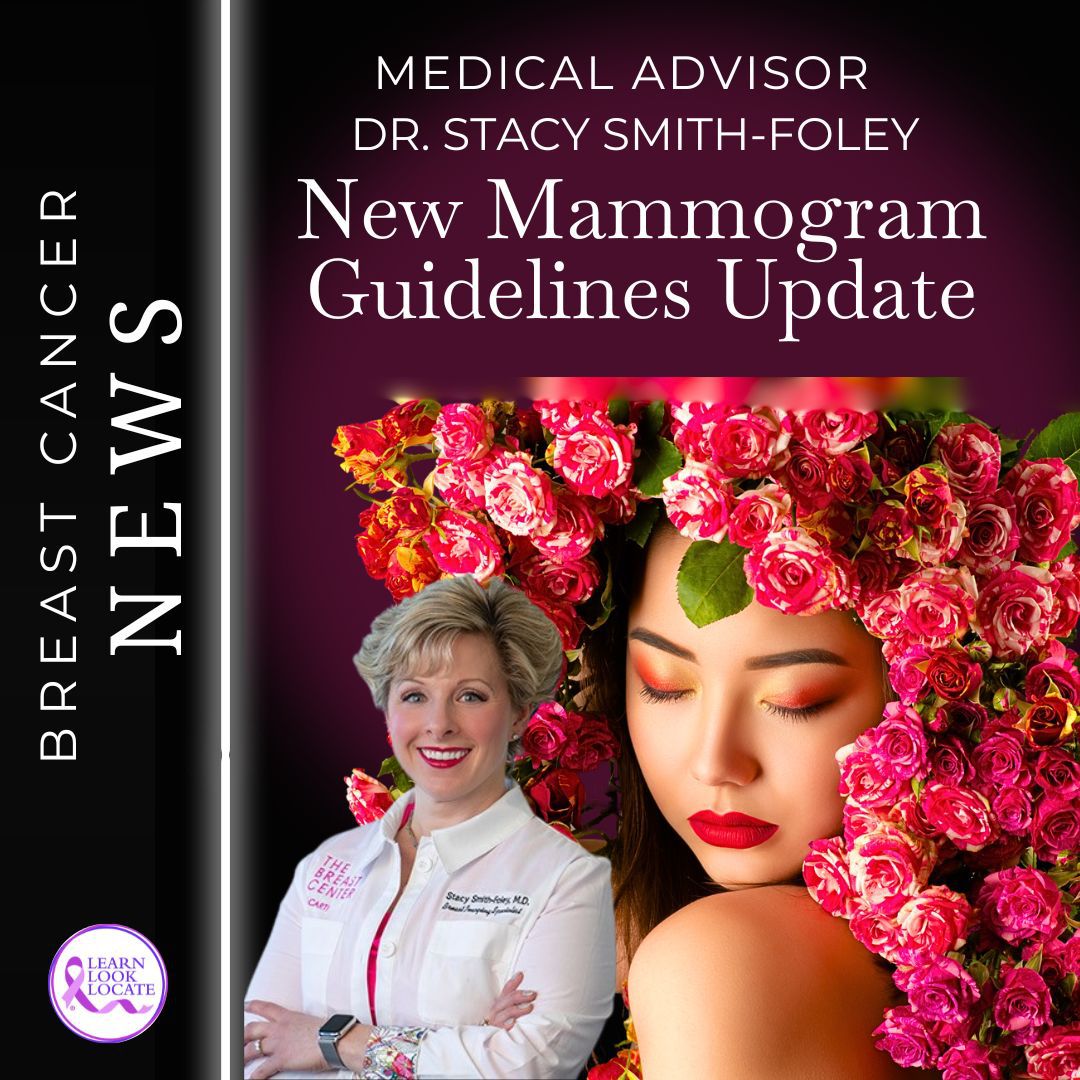
New Mammogram Guidelines: Progress Made, But More Work Needed
The United States Preventive Services Task Force (USPSTF) has released new guidelines for breast cancer screening, recommending that women and those assigned female at birth should be screened every other year starting at age 40 through age 74. While this change represents progress in addressing disparities and improving early detection, experts believe there is still room for improvement.
Lowering the Screening Age: A Step in the Right Direction
The decision to lower the initial screening age to 40 is crucial, as approximately 60,000 breast cancers are diagnosed each year in women under 50. Stacy Smith-Foley, MD, medical director of the Breast Center at CARTI and a Learn Look Locate medical advisor, emphasizes that this change helps address disparities in breast cancer outcomes, particularly for Black women who are more likely to be diagnosed under age 40 and have a 40 percent higher mortality rate compared to white women.
Missed Opportunities: Dr. Smith-Foley Calls for More Comprehensive Guidelines
Despite the progress made, some experts argue that the USPSTF guidelines fall short in several areas. Dr. Stacy Smith-Foley points out that the guidelines miss the mark by not recommending annual screening, failing to effectively address existing disparities through risk assessment, and not recognizing the importance of additional screening beyond mammography for women with dense breasts..
The Need for Earlier Risk Assessments and Personalized Recommendations
Experts also emphasize the need for earlier risk assessments for high-risk groups, such as Black women and Ashkenazi Jewish women, by age 25 to determine if mammography is needed before age 40. Additionally, the guidelines do not make recommendations that could further aid early detection, such as recommending annual screening or prioritizing 3D mammography, a combination that Dr. Smith-Foley believes has been shown to effectively aid earlier cancer detection.
Addressing the Needs of Women Over 75
The USPSTF guidelines state that current evidence is insufficient to assess the benefits and harms of screening mammography in women age 75 and older. However, Dr. Smith-Foley argues that continued annual screening is essential for this age group, as long as life expectancy is not limited by severe comorbidities. In fact, she advises her own 75-year-old mother to get a mammogram yearly.
The Importance of Personalized Screening Plans
While the USPSTF guidelines provide a starting point, it is crucial for individuals to speak with their healthcare providers about their specific risk factors, such as family history and breast density, to develop a personalized screening plan that may include additional screenings beyond the standard recommendations.
Learn Look Locate: Supporting Early Detection and Personalized Care
At Learn Look Locate, we are proud to have Dr. Stacy Smith-Foley as one of our esteemed medical advisors. Her insights and expertise are invaluable in our mission to provide resources, support, and educational content to empower individuals in making informed decisions about their breast health. We encourage everyone to stay informed about the latest guidelines, discuss their unique risk factors with their healthcare providers, and advocate for the screening plan that best meets their needs.
As we navigate the ever-evolving landscape of breast cancer screening recommendations, Learn Look Locate remains committed to being a trusted source of information and support for our community. Together, we can work towards a future where every individual has access to the personalized care and early detection strategies they need to thrive.
